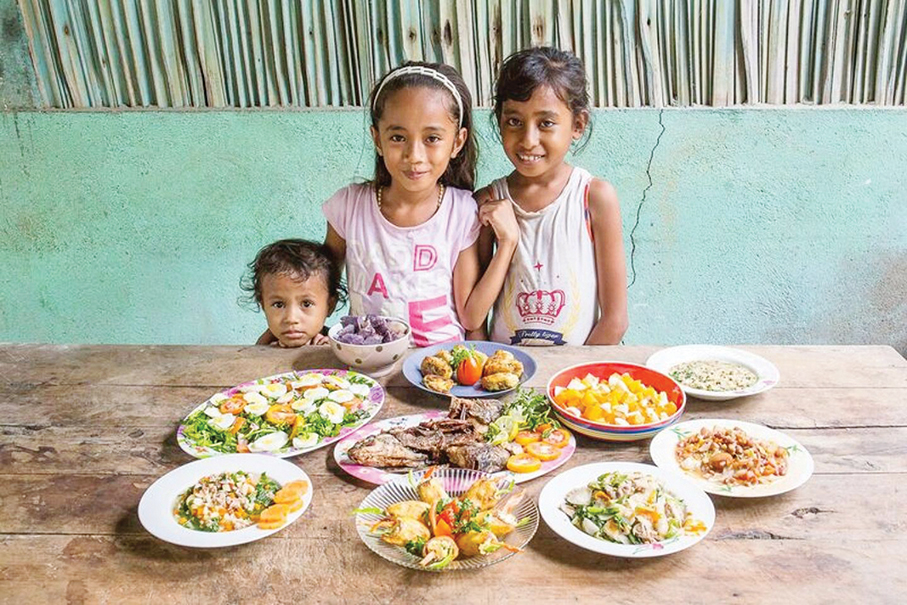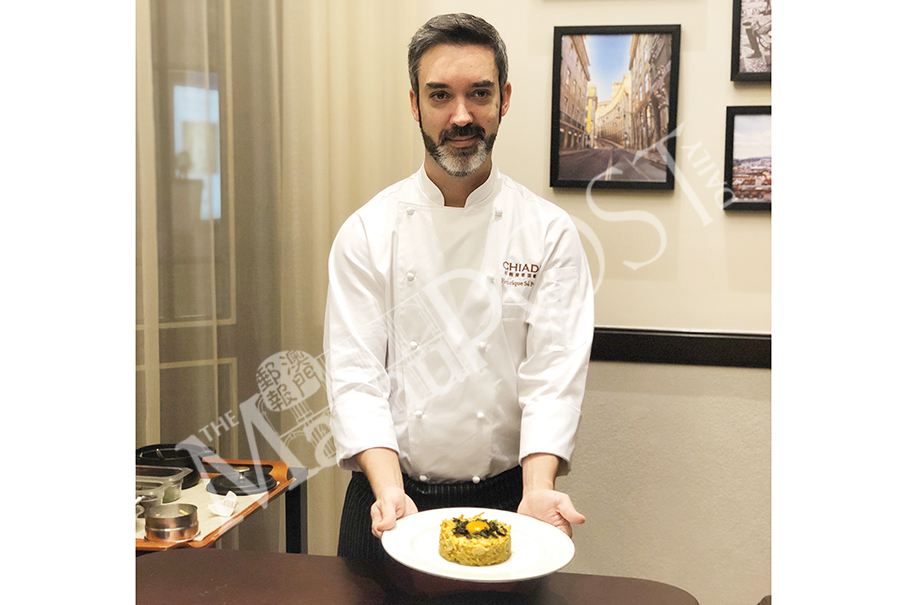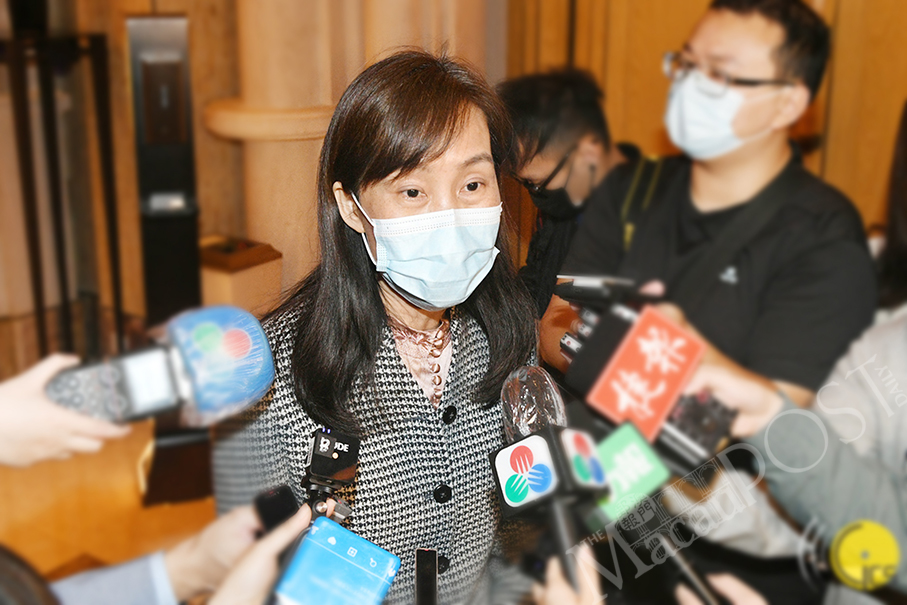Analysis
Timor-Leste, a small nation on an island in Southeast Asia, has struggled to feed its population. Consistent access to sufficient food has been a problem, with 36 per cent of people living with moderate or severe food insecurity. Not surprisingly, malnutrition has been quite high; nearly half of children younger than five years (47.1 per cent) are stunted, 8.6 per cent of children are wasted. Anaemia affects 23 per cent of women of reproductive age (those aged 15 to 49). In fact, judging by the World Health Organization’s (WHO) thresholds, every single indicator related to nutrition in Timor-Leste has been in emergency status.
Timor-Leste is East Timor’s official Portuguese name.
However, those numbers are improving across the board, thanks in part to ongoing advocacy supported by the SUN Movement* in Timor-Leste. The percentages of people affected by stunting and anaemia have improved greatly in last decade; anaemia alone among women of reproductive age has dropped by nearly 20 percentage points.
Filipe da Costa, the SUN Government Focal Point in Timor-Leste, also works as the National Convenor for Food Systems. Working in both roles has helped him and the country better connect food systems and nutrition.
“To improve nutrition, you also need to improve health, diet, environment and people’s attitudes and behaviours,” he said. “Being the Focal Point for the SUN Movement, I could also get into the discussions of the food system around how food can be more supported to improve diets so that we can have better nutrition.”
After all, he said, improving the food system isn’t just about increasing efficiencies in business, transportation and warehousing. While those are important, it’s also necessary to ask why a country needs to produce food in the first place.
“You need to produce enough nutritious food that covers everybody,” he said. “Breastfeeding mothers, children under five, adults and elderly people. All people.”
To that end, he said, agriculture production, warehousing and transportation, processing, distribution and everything else need to be sensible to nutrition that covers everybody not just for the working-age population, but also for the nutrition needs of babies, nursing mothers and the elderly.
After the 2021 UNFSS, Filipe da Costa led a campaign to raise awareness among government decision makers, community members and everyone in between. People from the private sector, civil society and the public sector were brought on board to ensure that each was aligned behind a single set of priority interventions to improve food security and nutrition and achieve the specific goals laid out in the new Sustainable Development Goal (SDG) 2 Consolidated National Action Plan For Food and Nutrition Security (2021–2030).
The Timor-Leste government conducted a consultative process through national and subnational dialogues, with national participation from the government, civil society, the private sector, academia, the donor community, United Nations agencies and multilateral and bilateral organizations. Subnational dialogues were held in all 13 municipalities throughout the country, with participants including local government leaders, civil society members, farmers and community leaders. At these dialogues, participants identified priority interventions in Timor-Leste and noted potential bottlenecks relevant to the country’s food system. Much-needed action related to food was noted in the areas of production, transportation and storage, processing, distribution and consumption.
The national food system pathway was then adopted by the National Council for Food Security, Sovereignty and Nutrition (KONSSANTIL) in Timor-Leste and distributed to relevant stakeholders for implementation. The government of Timor-Leste coordinated efforts to implement the national pathway through regular KONSSANTIL meetings.
Thanks to concerted advocacy efforts, high-level support for nutrition – including increased state budget allocations, a commitment by parliamentarians to nutrition and food security, and the president of Timor-Leste setting nutrition and food security priorities – has increased dramatically. In all, the government has dedicated roughly US$201 million to food systems transformation in the past three years.
Partnering with local farms, the government of Timor-Leste has implemented universal food distribution through a programme that buys locally produced food items and distributes it to those in need. It also has purchased fortified rice from the Centro Logístico Nacional and stored it to use in case of emergency.
With the farmers themselves having become more aware of the problem of malnutrition in Timor-Leste and the country’s priorities identified in the Consolidated National Action Plan for Food and Nutrition Security and the National Food System Pathways, they have increased rice production overall, leading to an abundance of organic and healthy agricultural products readily available for consumption.
Private producers, distributors and other businesses have united to ensure that this nutritious food is distributed to local markets. Rice production has increased significantly during the past two years, reducing the country’s dependence on imported rice. While the government of Timor-Leste works on codifying its rice fortification legislation, the two largest rice milling companies in the country have begun producing fortified rice and distributing it in local markets.
Acelda, a rice milling company in Baucau, has ramped up its rice processing and begun fortifying locally milled rice with vitamins, zinc, folic acid and iron. The additional production has helped ensure food access, and the fortification has been critical to combating malnutrition. Again working with the private sector, the government has installed rice fortification machines in local municipalities to help ensure that schoolchildren have access to this added nutrition.
Meanwhile, Government leaders have focused on improving policies to boost food security and nutrition, including the aforementioned law on rice fortification. The government also has increased its budget for nutrition. In fact, the budget for the country’s school lunch programme, Programa Merenda Escolar (“School Lunch Program”), has increased by an impressive 68 per cent (from 25 US cents to 42 US cents per child per day) and become more sensitive to nutrition. The government also requires that school meal providers can buy only local produce, not only improving school nutrition but also supporting the surrounding farming infrastructure.
While he has been thrilled to see these successes, Filipe da Costa mentioned that there remains work to be done. For example, the school lunch program should cover every single schoolchild all throughout the year, not pausing for holidays or summer breaks. He also wants to better integrate school gardening programs into the school curriculum, so children can be involved in the process of producing food and better understand the entire process, from farm to fork.
“We are not stopping just because the government changed the law,” he said. “We are not stopping there, because we have not yet reached our ultimate goal.”
Other recent gains, according to Filipe da Costa (who, in addition to his roles as the SUN Government Focal Point and UNFSS National Convenor in Timor-Leste, is the Executive Director for the Unit of Mission to Combat Stunting (UNMICS) of the Prime Minister’s Office, have included:
New law enforcing that at least 75 per cent of government purchases of produce be local
Additional excise taxes on sugar and sugar-sweetened beverages
Ability to produce staple food seeds locally, reducing the country’s dependence on imported seeds
Increased organic farming system
Increased adoption of conservation agriculture
Future goals include better cost analyses of the food systems and nutrition work remaining and the development of a monitoring mechanism to better track investment, implementation and progress – both items designed to help the country reach development goals.
Filipe da Costa is confident that the country can get there.
“Everybody in Timor-Leste – the government, civil society, the private sector, parliamentarians, politicians – they all want Timor-Leste to be successful by 2030,” he said. “If we get the right help from the SUN Movement and other partners, I guarantee that Timor-Leste will be the country that is also achieving the SDGs and achieving our own development strategy. It’s going to be a success story for everyone who is working here.”
– Courtesy of reliefweb
* The Scaling Up Nutrition (SUN) Movement is a country-driven initiative led by 65 countries and 4 Indian States – collectively known as the SUN Countries, and includes thousands of stakeholders from across society – all united in their mission to end all forms of malnutrition by 2030.
The SUN Movement was launched in 2010 by the United Nations Secretary-General. Its four SUN Networks – SUN Civil Society Network, SUN Business Network, United Nations Nutrition and SUN Donor Network – are made up of, respectively, more than 4,000 civil society organizations, some 1,400 businesses, five UN agencies and a group of international donors and foundations.
– Source: reliefweb

Undated file photo of East Timorese children posing with plates and bowls of nutritious food – Photo courtesy of UNICEF/Ahelin – Scaling up Nutrition (SUN)










